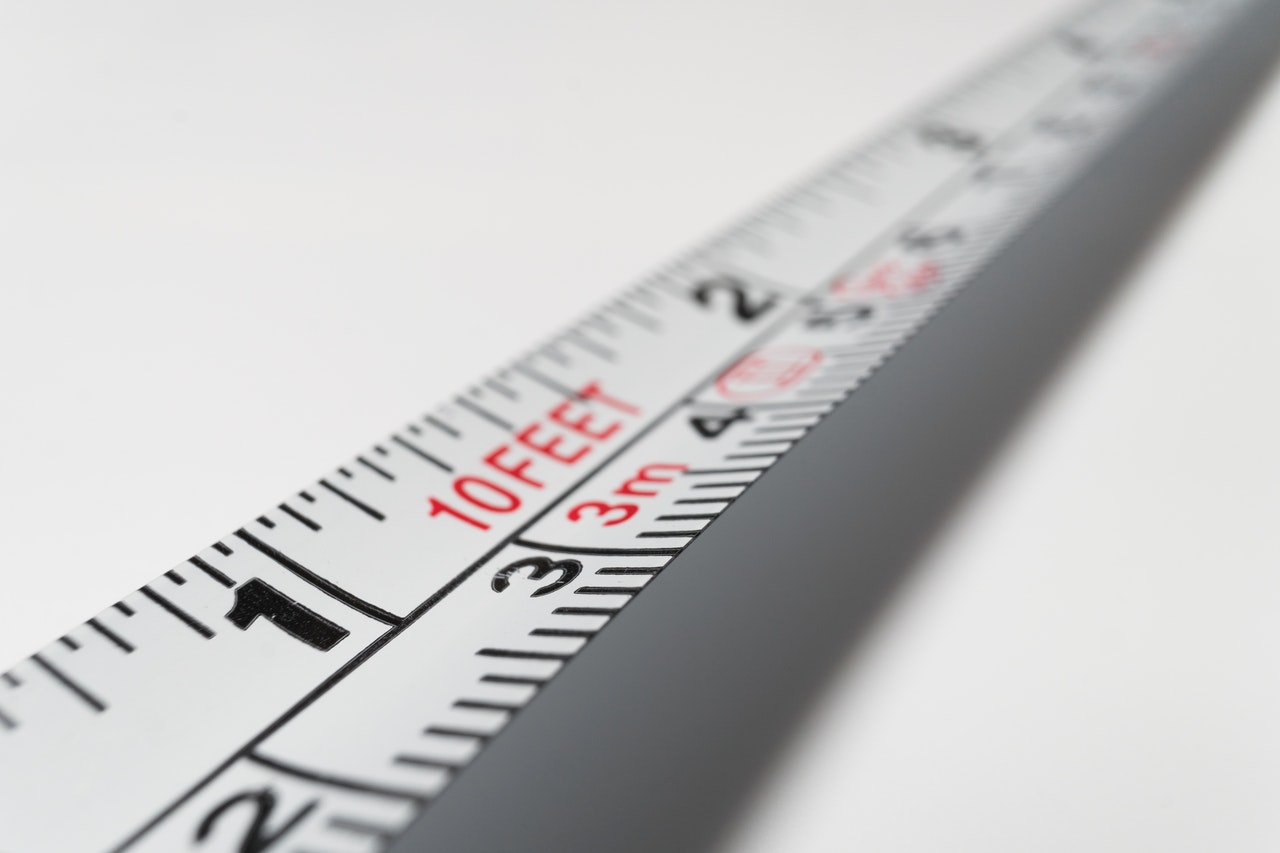If your patient has injured a joint, then you (the medical provider) should be sure to measure the range of motion (ROM) of that joint. It’s particularly important to report the range of motion of an injured joint in a PR-4 Report (or the PRIMARY TREATING PHYSICIAN’S PERMANENT AND STATIONARY REPORT).
Why?
Measuring the range of motion for an injured joint is essential for calculating an accurate impairment rating.
If you don’t know how much motion your patient has lost, then you can’t tell how much the work injury impaired him or her.
4 Steps to taking accurate range of motion (ROM) measurements for work comp
1. Have your patient warm up by stretching for two minutes
If your patient warms up before measuring, then your measurements will be more accurate and consistent, with greater reproducibility.
Reproducibility of measurements within 10% is necessary for measurements to be considered valid by the AMA guides.
2. Use the proper tool
If the joint is in the upper or lower extremity (arm or leg), then use a goniometer.
If the injured joint is in the spine, then use an inclinometer.
3. Measure both sides
Notice that the PR-4 report says “Include bilateral measurements – injured/uninjured – for injuries of the extremities.”
So, if your patient has injured her right shoulder, then measure the range of motion of both shoulders. This shows the contrast between the injured body joint and the uninjured joint.
Unless, of course, both sides are injured! But in this case, you should still measure both sides and report your measurements.
4. Measure multiple times!
If the injured joint is in the upper extremity, then take two measurements across each plane (flexion, extension, etc.).
If the injured joint is in the lower extremity or the spine, then take three measurements across each plane.
5. Report your results in the “Physical Examination” section of the PR-4 report
You will find the “Physical Examination” section on the second page of the PR-4 report form that’s currently on the California Department of Industrial Relation’s website.
Make sure that you present your measurements clearly so that it’s easy to read for a claims adjuster, employer, or another doctor. Indicate the plane of motion and the side of the measurement.
We like to show our measurements in a table. This is how the new version of RateFast, our PR-4 reporting web app, displays the range of motion of a body part:
